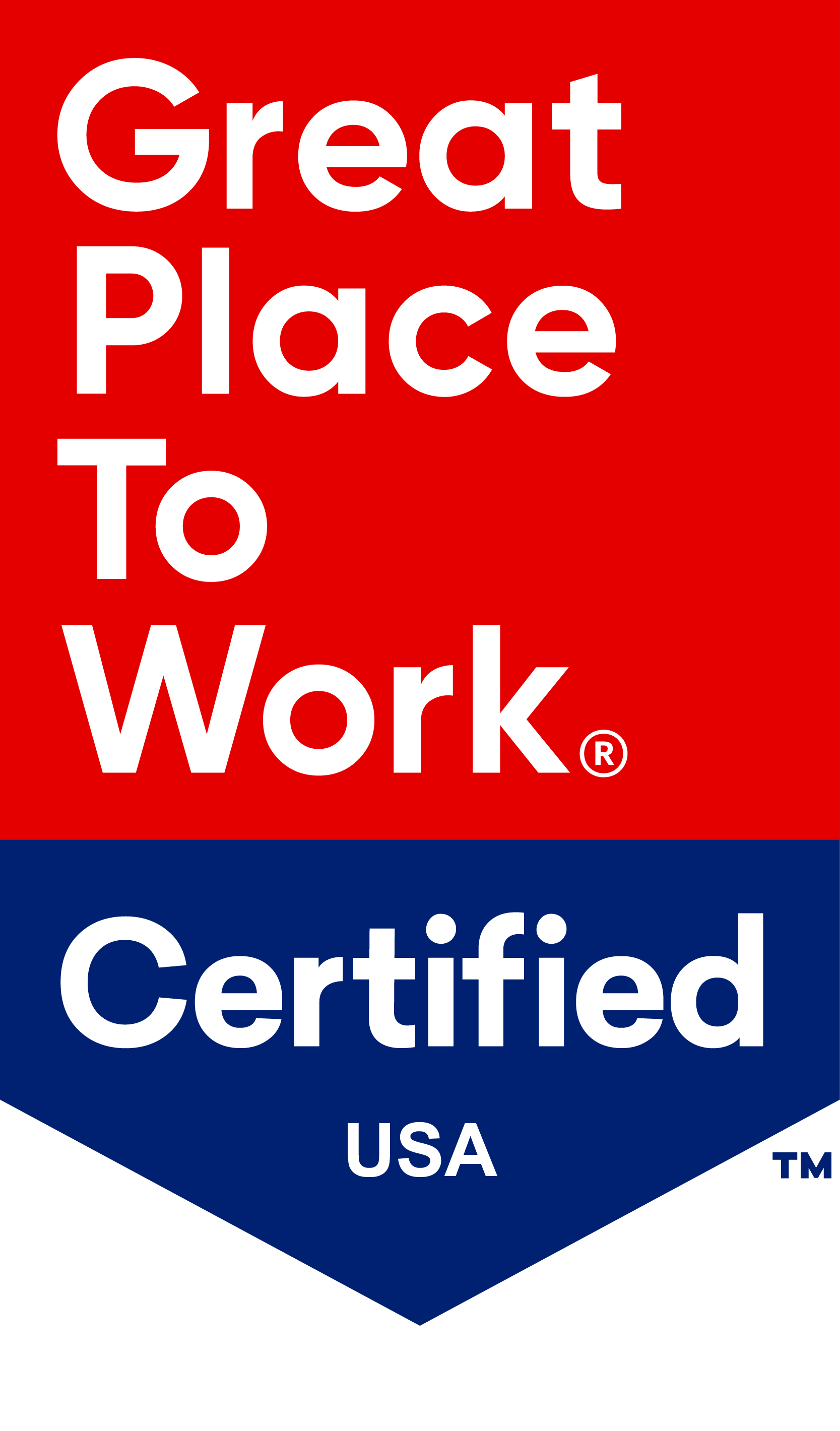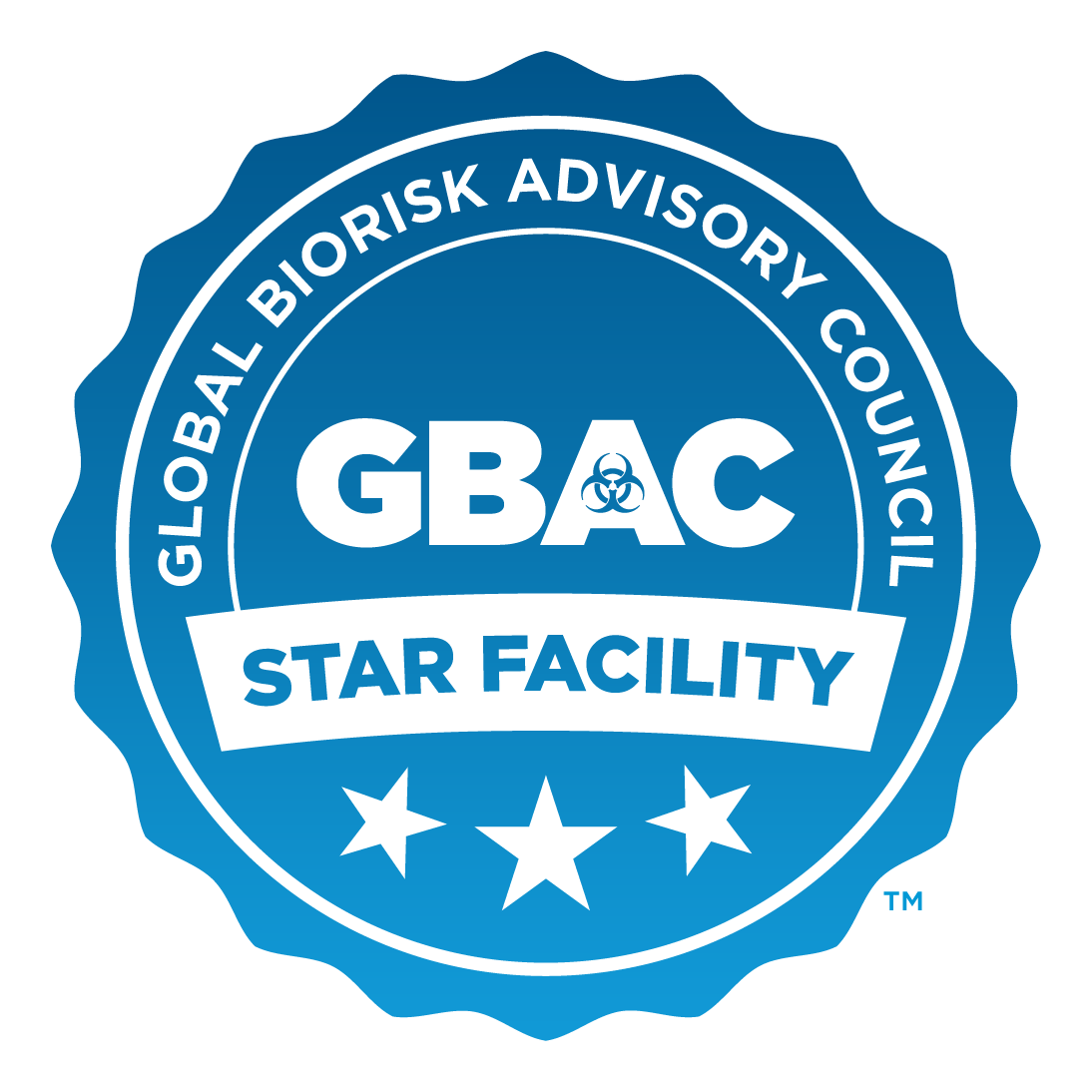TSA INFO & TRAVEL TIPS
Here are some important travel tips to keep in mind when planning your next trip.
For the most up-to-date security information, visit www.tsa.gov.
TSA Consumer Response Center 1-866-289-9673 (toll free) or visit the TSA Customer Service page.
Pack Smart
- Limit your stress by limiting your carry-on baggage. Airlines are enforcing tighter restrictions on the amount of baggage you may carry onto planes, so avoid the added worry. Bring only one bag that will fit under the seat or in the overhead bin and one personal item, such as a purse or briefcase.
- Place medicine, jewelry, cameras and other valuable items in your carry-on baggage.
- Fill out luggage ID tags and place them on both the inside and outside of your bags before you travel. You might also consider labeling items such as cameras, cellphones and computers.
- Please keep Transportation Security Administration (TSA) security regulations regarding liquids and gels in mind when packing your bags. You may carry through security checkpoints travel-size (3 ounces or less) toiletries that fit reasonably in ONE QUART-SIZE clear plastic zip-top bag. At the security checkpoint, you will be asked to remove the zip-top bag and place it in a bin or on the conveyor belt. TSA security officers can more easily examine these items by X-raying them separately.
- For a complete list of permitted and prohibited items, visit www.tsa.gov.
Arrive Early
- Our airport is designed to get you parked, checked in and on your way quickly, but do allow plenty of time to check your bag(s) and pass through security.
- We recommend that travelers arrive in the terminal approximately 90 minutes prior to departure on non-peak travel days, and two hours prior to departure during peak travel periods.
- Keep in mind that most airlines require that bags be checked 30-45 minutes prior to departure. Airlines at Richmond International Airport offer self-service kiosks as well as personal customer assistance in the ticket counter area of the terminal. Additionally, many carriers offer the option of printing boarding passes from their websites as early as 24 hours prior to departure.
Checkpoint Ready
- A boarding pass and government-issued photo identification, such as a driver's license or passport, are required to enter the security screening checkpoints.
- Prepare to remove your shoes, coat and outer garment(s) and place them in a tray along with your purse, backpack, etc. If you have one, you also must remove your quart-size zip-top bag of liquid, gel or aerosol products from your carry-on bag and place it in a bin to be screened.
- Electronics items, such as laptops and cellphones, may be subject to additional screening. You will need to remove your laptop from its travel case so that both can be X-rayed separately. You may want to label your laptop to avoid mix-ups when several laptops that look alike move through X-ray machines in succession.
You can find a list of the TSA's most frequently asked questions on its FAQ page.
You can find a list of permitted items on the TSA's website.
At RIC, TSA uses millimeter wave imaging technology. Across TSA’s network, both millimeter wave and backscatter imaging technologies may be used. Millimeter wave technology uses safe electromagnetic waves to create a generic image of a person. Backscatter technology uses low level X-ray beams to create a real time reflection of a person's whole body. More information can be found here.
The TSA has policies on transporting certain items. Guidelines can be found on its website, but don't forget to research your airline's policies, as well.
No matter what the age of the traveler, the TSA is required to screen them. There are certain concessions made for children under the age of 12, and security officers are taught to approach children gently. For tips on traveling with children and more information about the TSA's policies, visit the TSA's Traveling with Kids page.
The TSA offers a helpline for travelers with disabilities and medical conditions called TSA Cares. The phone number is 855-787-2227, and the email address is TSA-ContactCenter@dhs.gov. Visit TSA Cares on the internet to find out what is offered.
The TSA's scheduled hours for security screening checkpoints are 4:00 a.m. to 8:00 p.m. daily.
According to the TSA, you may be allowed to do one of the following: consult with your airline for assistance in placing the prohibited item in checked baggage; withdraw from the screening checkpoint with the item; make other arrangements for the item, such as taking it to your car; or voluntarily abandon the item. Items that are voluntarily abandoned cannot be recovered and will not be returned to you. To see the TSA's policies on prohibited items, click here.
Transportation Security Administration (TSA) procedures for screening passengers passing through security checkpoints include asking you to remove your shoes, coat and any other outer garments and place them in a bin along with your purse, backpack, etc. If you choose to carry liquids, gels or aerosol products in your carry-on bag, they must comply with TSA’s 3-1-1 policy for liquids and gels; you will need to remove the zip-top bag from your carry-on item and place it in a bin to be screened. The TSA provides a complete list of permitted and prohibited items at www.tsa.gov.
Airline-issued boarding passes are required for all passengers traveling through security checkpoints. Additionally, all passengers age 18 and older are required to carry valid government-issued photo identification such as a driver’s license or passport. See the TSA ID page for more information.


